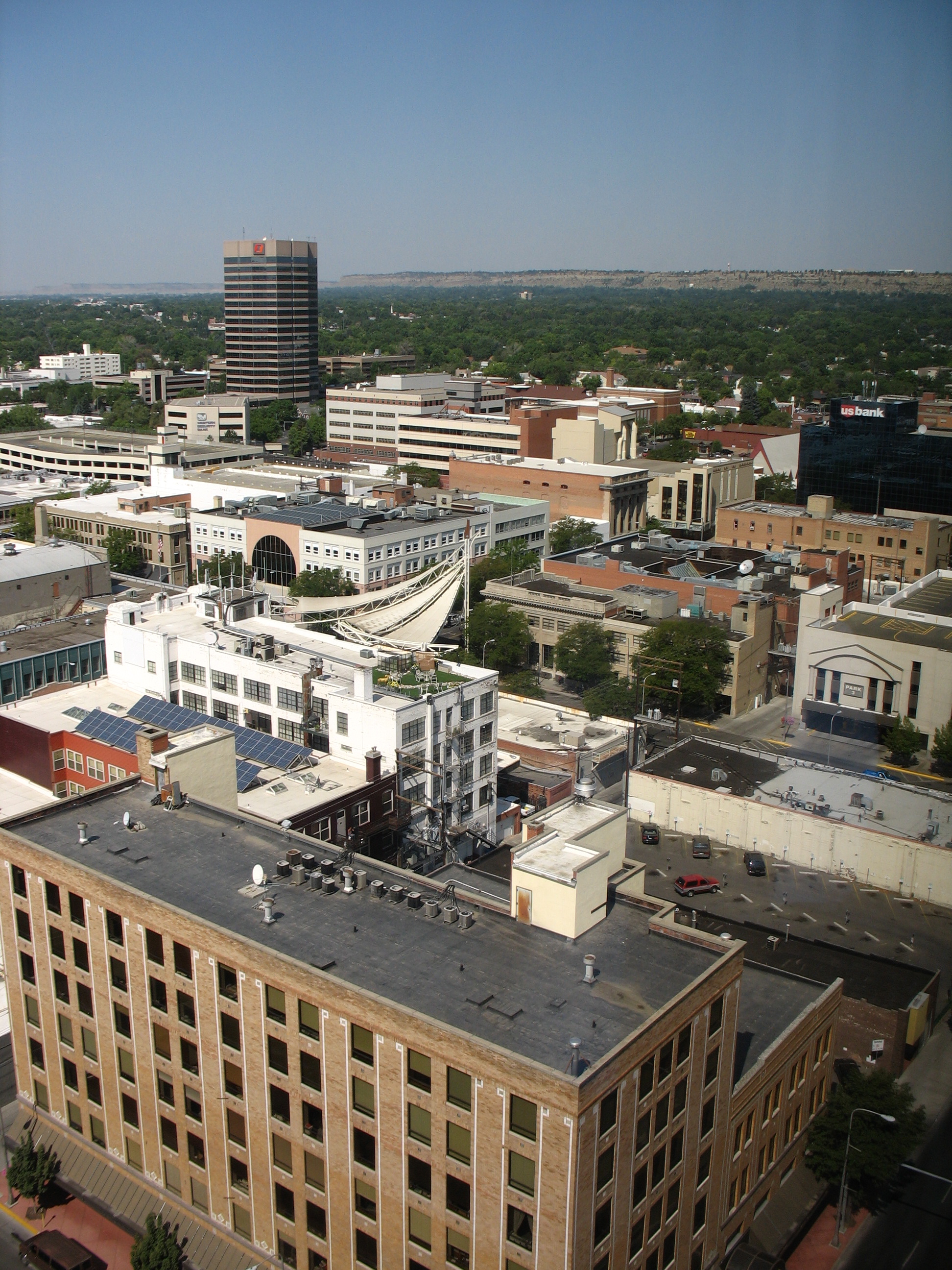Downtown Business Owners Want to Form a New TID
A group of property owners in the west end of downtown Billings want to create a new tax improvement district.
The proposed boundaries of the new district would be Division Street, 1st Avenue North and North 31st The pros and cons and options available to them was explained to a gathering of some 30 people at the Granite Tower building, a week ago, headed by one of the property owners Russell Fagg, whose family owns Granite Tower, as well as the Fratt Building, a former school, located just across the street.
“There are pros and cons,” said Fagg, “I think the pros out-weigh the cons.” While very supportive of the idea, Fagg credited Jeff Kanning, a principal of Collaborative Design, an architect firm, with initiating the idea.
Kanning said that the creation of a TIF would give the area a public investment tool to make improvements that would make the area and Billings more attractive. He said that Billings is in a competition with other cities in the state to attract a workforce – “and Billings is losing.”
“This is an undefined, hidden gem. It could be a lynch pin” to more downtown development. “Maybe we could get city hall to locate down here,” he said. It’s about “place making” and to help enhance the neighborhood. “It’s not to compete with One Big Sky District,” Kanning added.
Kanning said that one possible vision for the area was to build a trolley/bus system to serve the area and connect it to the hospitals and the rest of downtown. Fagg explained that the cost of improving property often exceeds what the market can afford to pay in renting or leasing. Being able to tap into TIF funds to build some of the basic infrastructure for a project, such as a street, helps make the development economically feasible.
“This is about what do you want Billings to look like in 20 or 30 years?”
In consideration are two options for a TIF. One to become part of the existing downtown TIF and the other is to be a stand-alone district. Fagg said his preference was to be a stand-alone district because that would give them control to assure that future tax revenues would be spent at that end of downtown. But it depends on what other property owners want, he said.
The proposal will go to the planning board and then for a final decision by the city council which would have to approve an ordinance creating the district. The process could take up to nine months. It was suggested that the district would be called Founders’ District after Founders’ Park which lies within the proposed district (the triangular park at 1st Avenue north and Division Street, has the lighted Christmas Tree.)
A TIF is a designated area, usually one considered in need of infrastructure improvements or deemed as blighted. Future increases in property taxes paid by the property owners within that district are directed to be spent on improvements within that district. The idea is that the improvements will generate greater development and economic growth, and more tax revenues in the future. Improvements are usually directed at building streets, curbs and gutters, parking garages, utilities, etc.
The city currently has three TIF districts, a downtown district, the east urban renewal district, and the South Billings Boulevard District.
Those in the audience asked “what about the downsides to creating a TIF district?”
There seemed to be few, as far as the organizers were concerned, but from the audience came comments that readily identified some of the typical complaints about TIF’s, including comments from one city council member Chris Friedel, who said that TIFS were “counter productive.” He went on to claim that the downtown TIF, which will expire in 2038 is evidence that TIFs do not achieve what they are meant to achieve.
Others comments were made to point out that tax revenues that are directed to a TIF, do not go into the general funds of other taxing jurisdictions, such as the city, which means that in order to maintain the same level of revenues to fund their functions, those governmental bodies must increase levies on taxpayers outside the TIF districts to compensate.
For taxing jurisdictions which have limited ability to increase levies, such as schools, this can be a problem.
Some property owners commented that whether a project or development is viable in the market is something that should be determined in advance of buying it. Said one woman, “You have to pencil out the thing. That’s what I did. I don’t look to government and taxpayers to do it.” Another commented, “this is cronyism.”


0 comments